Liste af temperaturdata for de seneste ca 200 år.
For yderligere kommentarer og rekonstruerede temperaturforløb de seneste 10.000 år se:
https://klimarealisme.dk/2019/02/24/temperaturer-gennem-10-000-aar/
For liste med rekonstruerede temperaturforløb de seneste ca. 2000 år se: https://klimarealisme.dk/2019/02/24/temperaturer-gennem-2000-aar/
AFRIKA
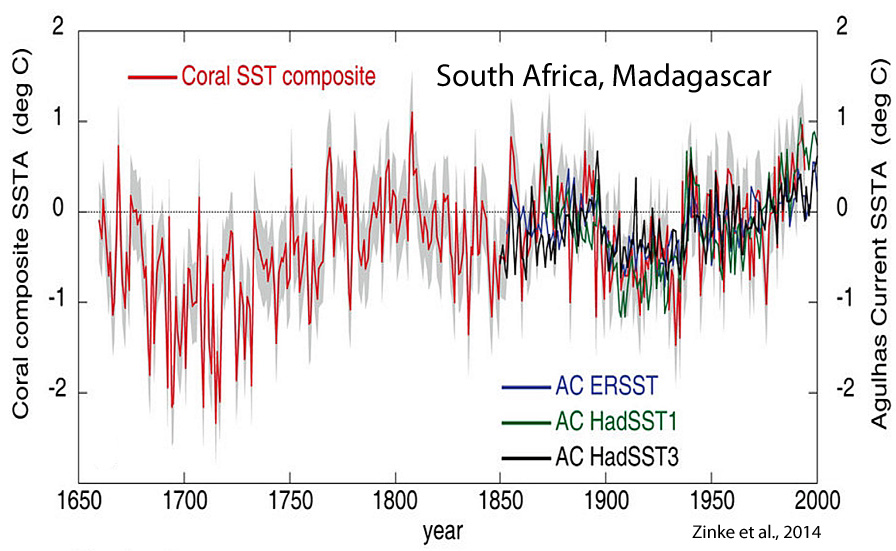
https://www.nature.com/articles/srep04393
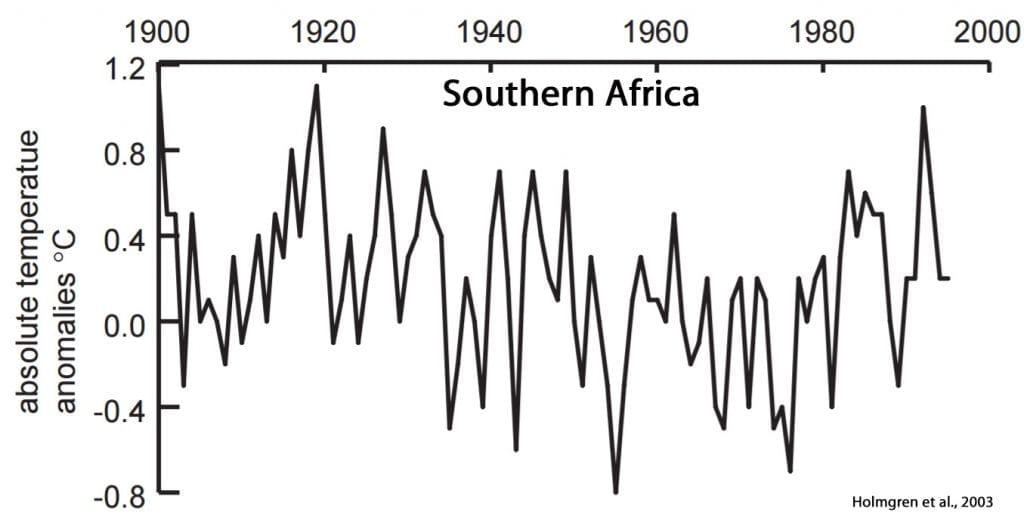
http://www.sciencedirect.com/science/article/pii/S027737910300204X
ANTARKTIS
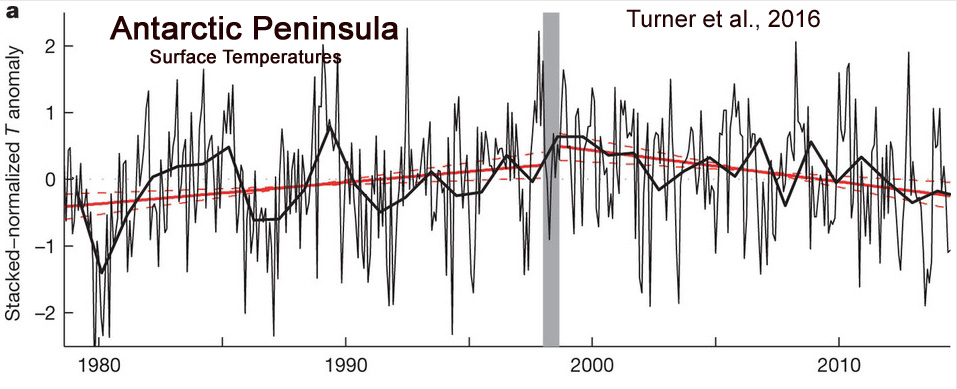
http://www.nature.com/nature/journal/v535/n7612/full/nature18645.html

Antarktis temperaturudviking – flere kilder.
https://www.sciencedirect.com/science/article/pii/S1873965217300981
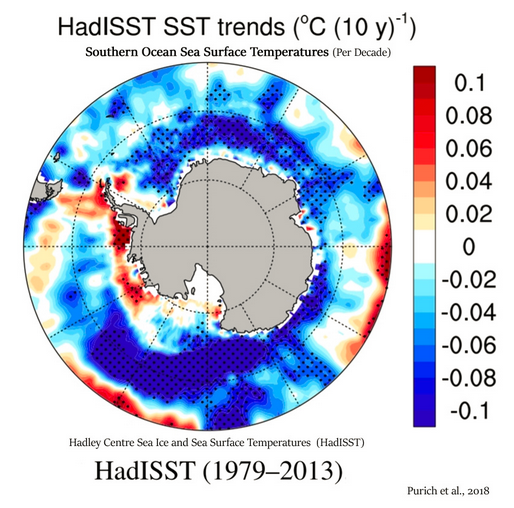
https://journals.ametsoc.org/doi/abs/10.1175/JCLI-D-17-0092.1
“The majority of CMIP5 models do not simulate a surface cooling and increase in sea ice, as seen in observations.”

https://newzealandecology.org/nzje/3319.pdf
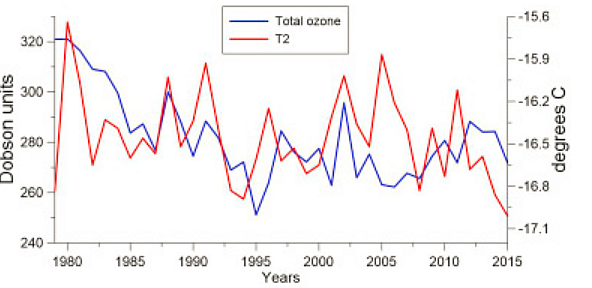
Temperatur data 2m fra landstationer indsamlet af ERA.
https://www.sciencedirect.com/science/article/pii/S0277379116305479
ASIEN

https://www.tandfonline.com/doi/full/10.1080/16000889.2018.1443655
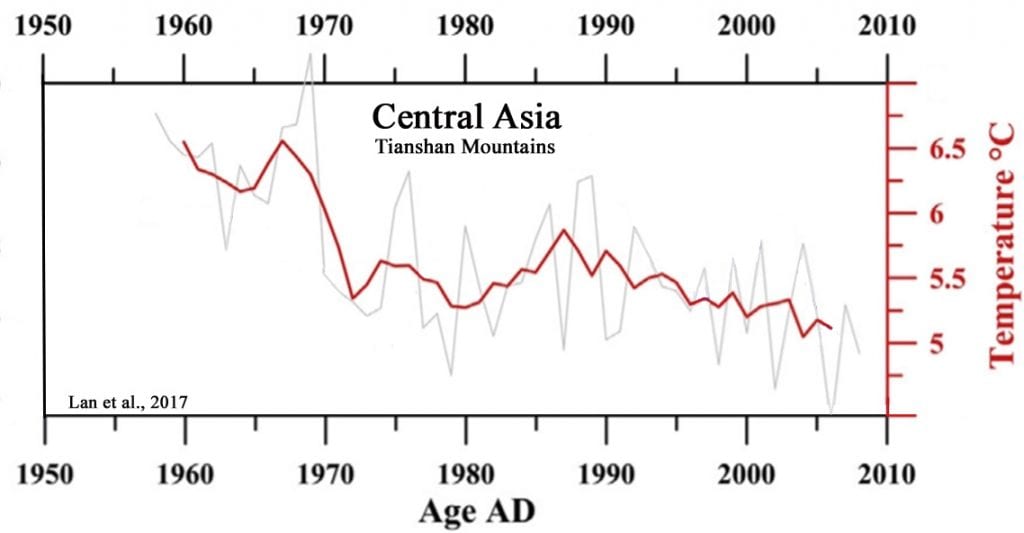
Bjergene på grænsen mellem Kasakhstan og NV Kina.
https://www.sciencedirect.com/science/article/pii/S1040618217309801
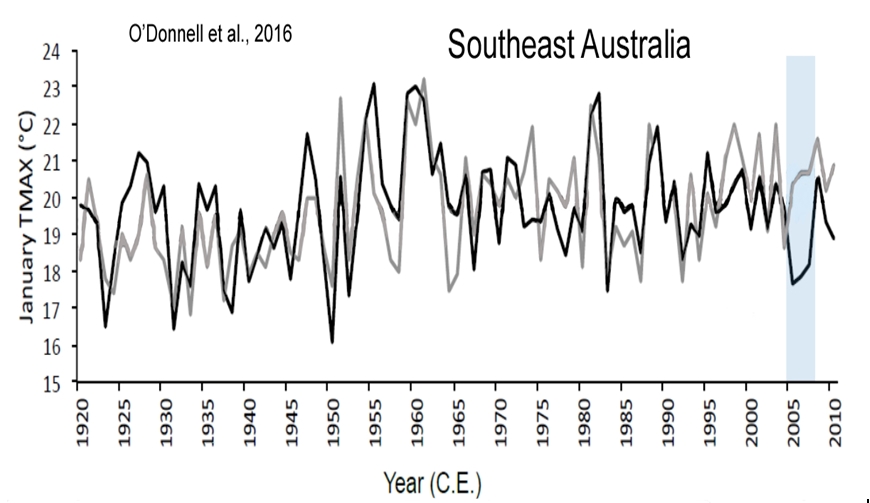
https://www.researchgate.net/profile/Kathryn_Allen3/publication/301250980_Wood_density_provides_new_opportunities_for_reconstructing_past_temperature_variability_from_southeastern_Australian_trees/links/57155e4f08ae8ab56695ac91.pdf
AUSTRALIEN

https://link.springer.com/article/10.1007/s10666-014-9429-z
CANADA
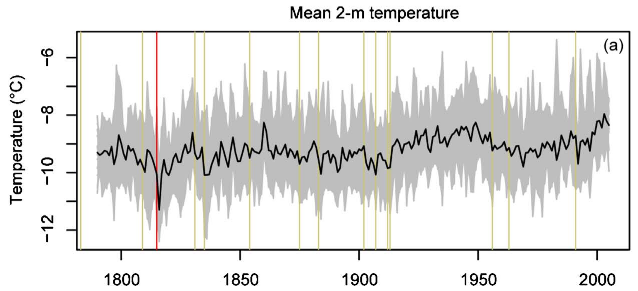
https://iopscience.iop.org/article/10.1088/1748-9326/aaac0c/pdf
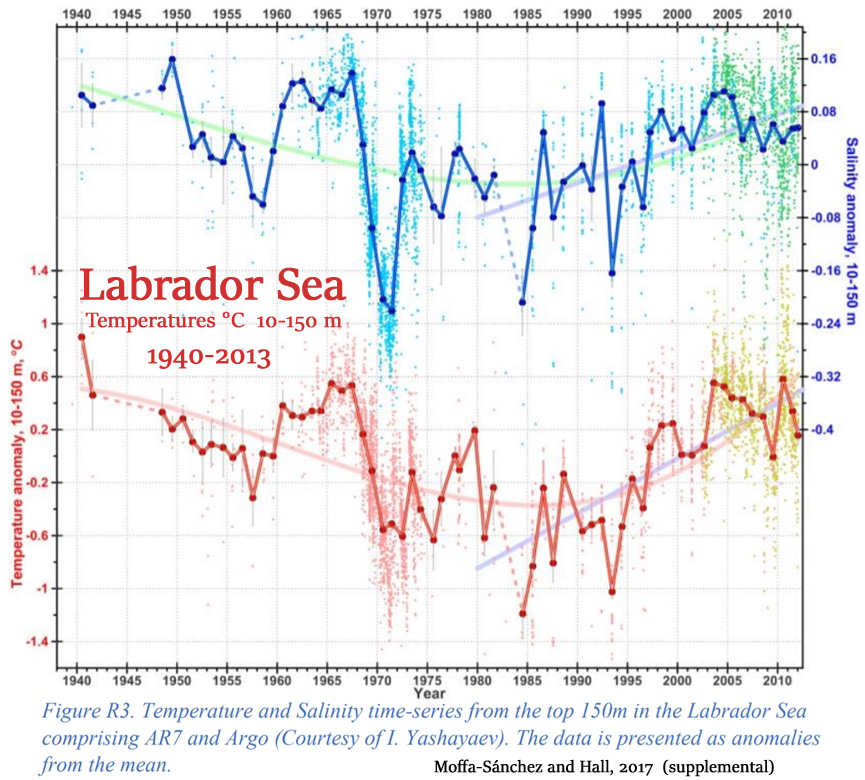
https://www.nature.com/articles/s41467-017-01884-8
EUROPA

https://www.ncbi.nlm.nih.gov/pmc/articles/PMC4944156/
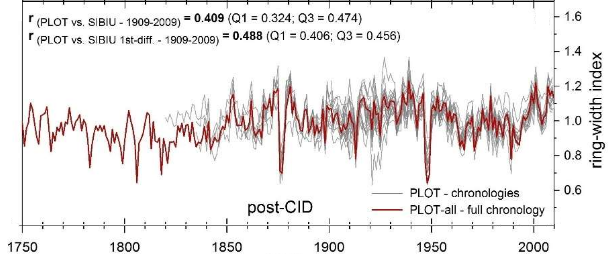
https://research-repository.st-andrews.ac.uk/bitstream/handle/10023/15778/Rydval_et_al._2018.pdf?sequence=1&isAllowed=y

https://onlinelibrary.wiley.com/doi/full/10.1111/bor.12274
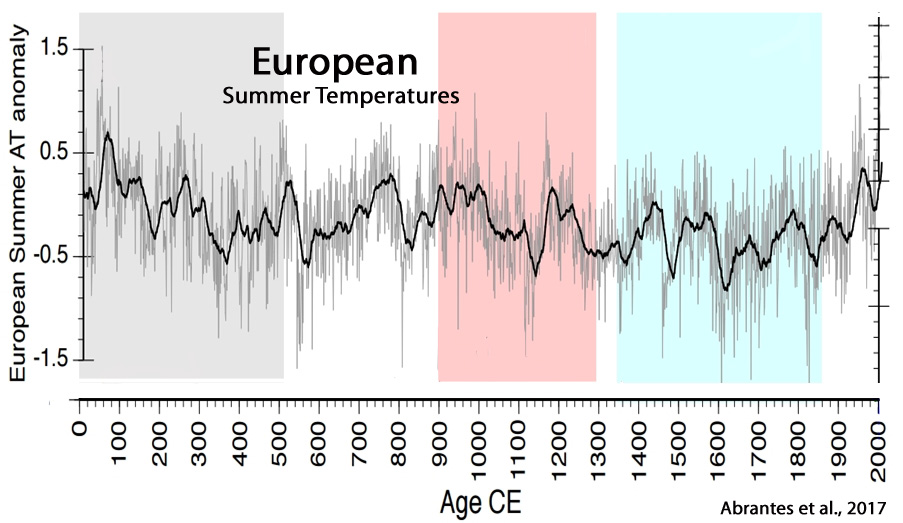
https://www.clim-past-discuss.net/cp-2017-39/cp-2017-39.pdf

http://www.diva-portal.org/smash/get/diva2:553241/FULLTEXT01.pdf
GRØNLAND
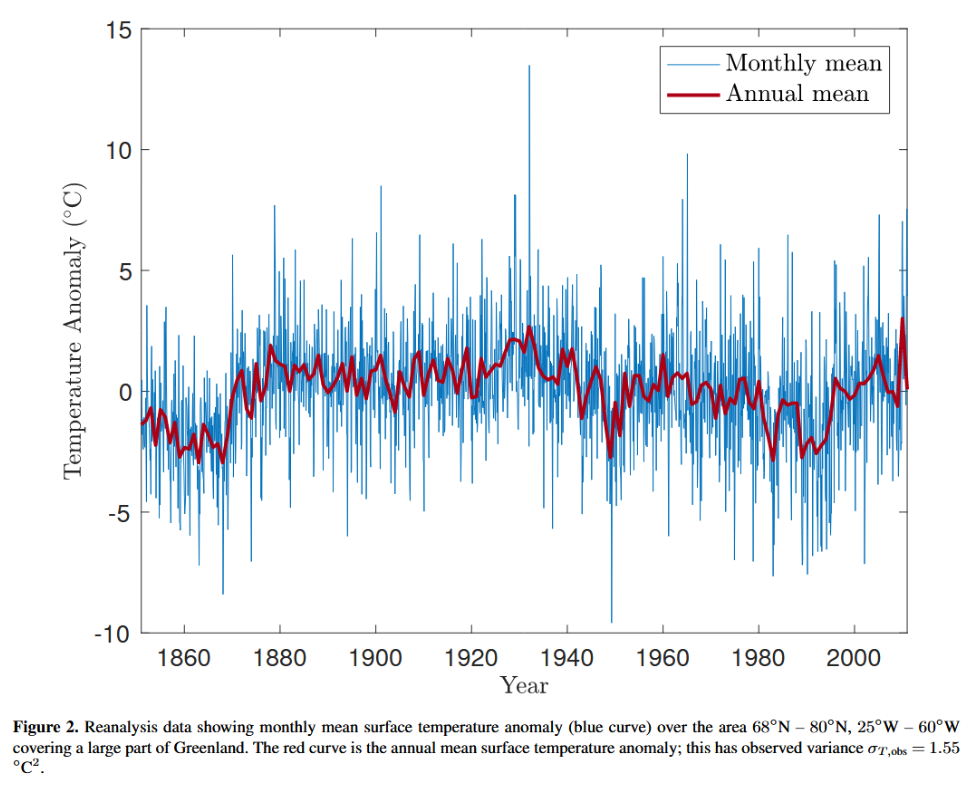
https://www.the-cryosphere.net/12/39/2018/tc-12-39-2018-supplement.pdf

https://www.tandfonline.com/doi/pdf/10.3402/polar.v35.28858
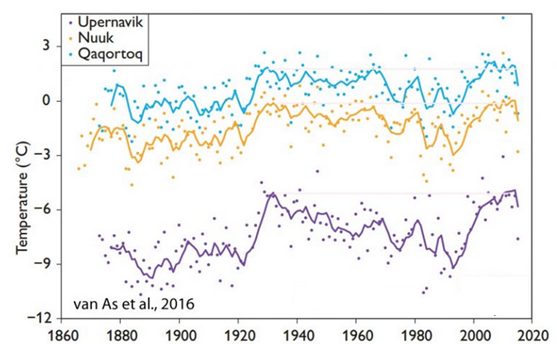
https://www.researchgate.net/publication/305428634_Placing_Greenland_ice_sheet_ablation_measurements_in_a_multi-decadal_context
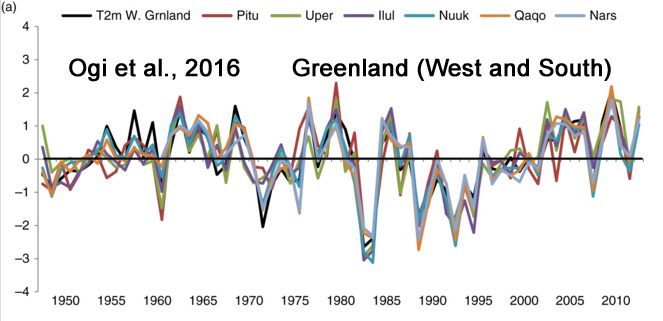
http://www.tellusa.net/index.php/tellusa/article/view/31971

https://rmets.onlinelibrary.wiley.com/doi/full/10.1002/joc.5459
INDIEN
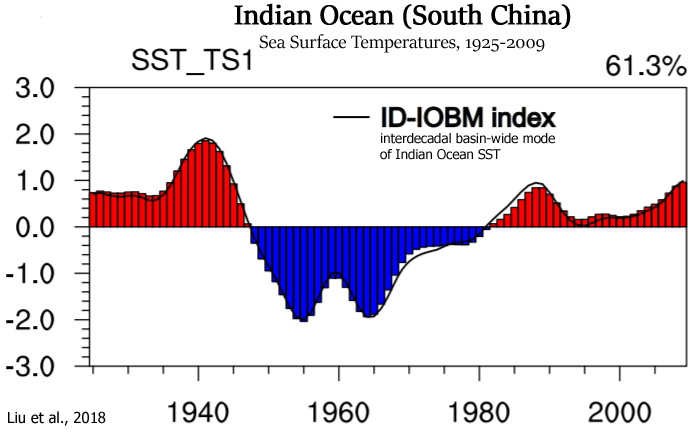
https://link.springer.com/article/10.1007/s00704-018-2430-8
ISLAND
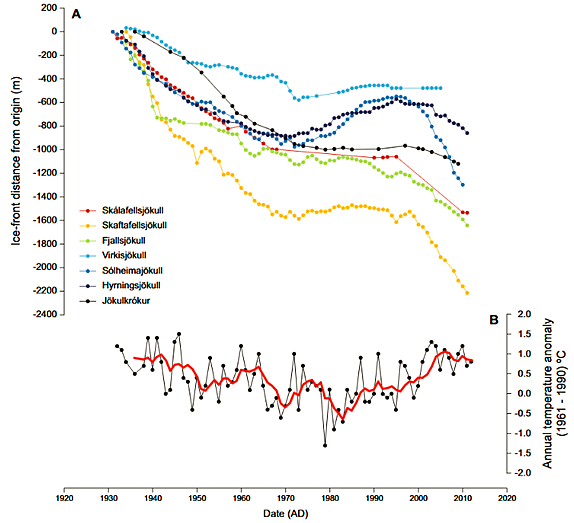
KINA

http://onlinelibrary.wiley.com/doi/10.1002/joc.4906/abstract
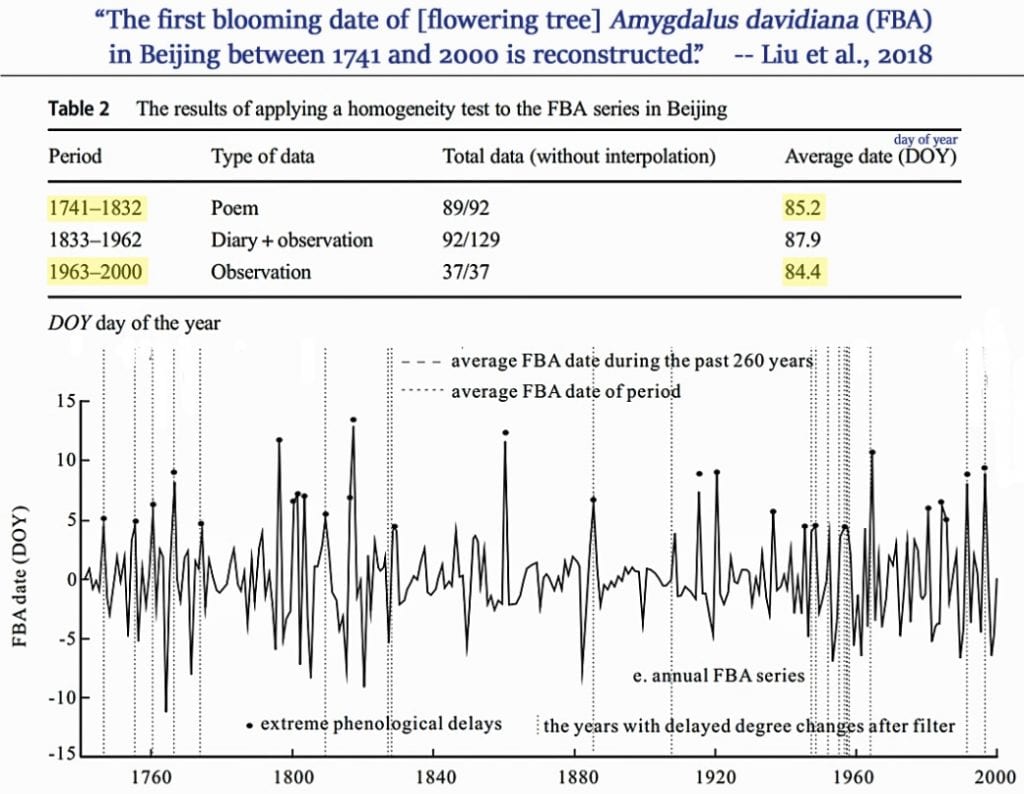
Udvikling for First blooming day.
https://www.researchgate.net/publication/323875559_Extreme_phenophase_delays_and_their_relationship_with_natural_forcings_in_Beijing_over_the_past_260_years
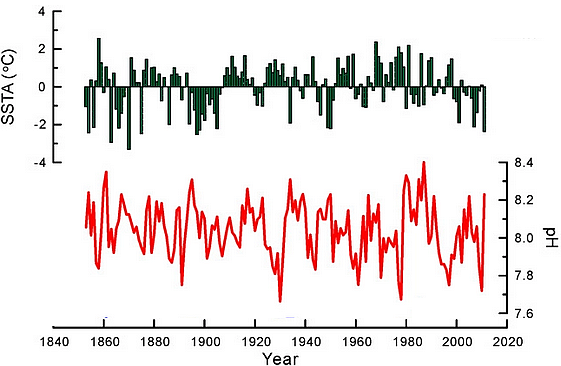
https://agupubs.onlinelibrary.wiley.com/doi/full/10.1002/2015JC011066
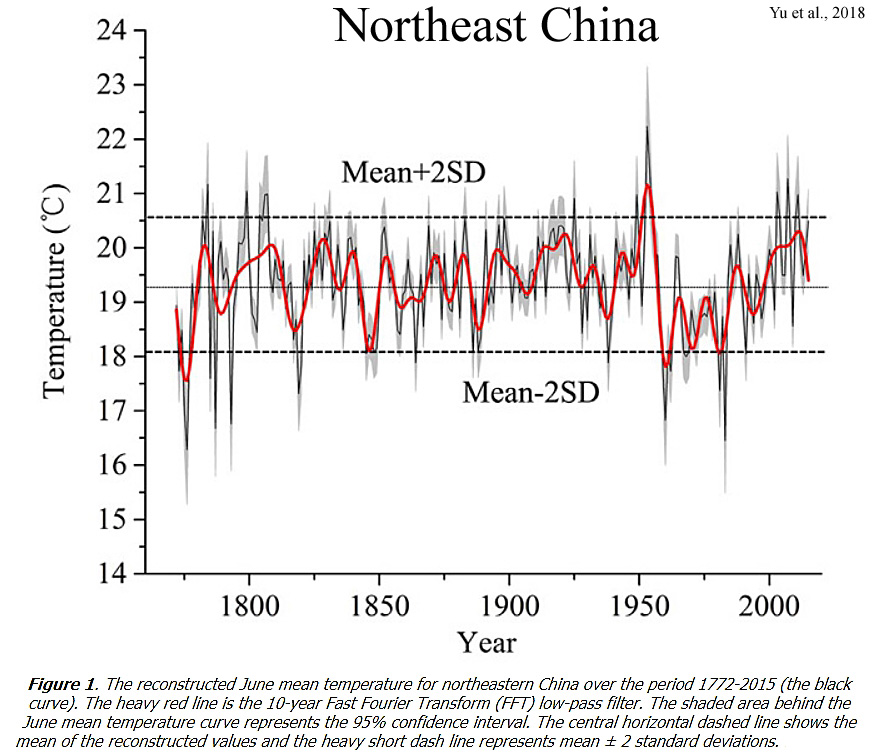
https://www.sciencedirect.com/science/article/pii/S0031018217303929
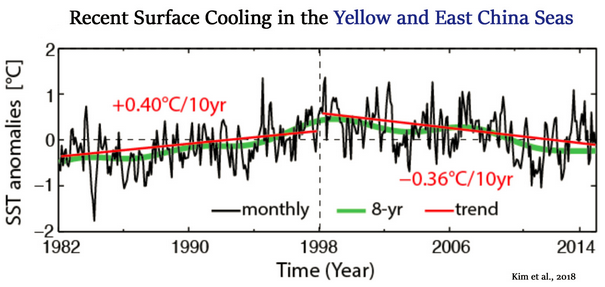
https://www.sciencedirect.com/science/article/pii/S0278434317303588
SKANDINAVIEN
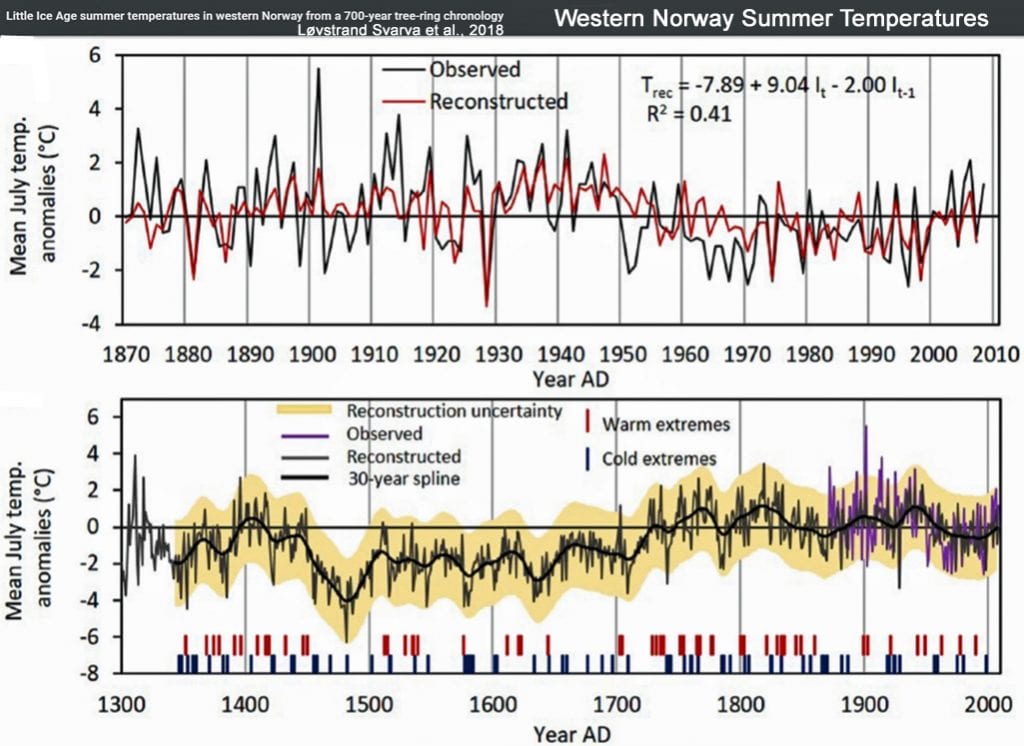
https://journals.sagepub.com/doi/abs/10.1177/0959683618782611?journalCode=hola

Matskovsky and Helama 2015.
http://hol.sagepub.com/content/26/3/439

Esper et al., 2012.
http://www.sciencedirect.com/science/article/pii/S0921818112000070
SYDAMERIKA
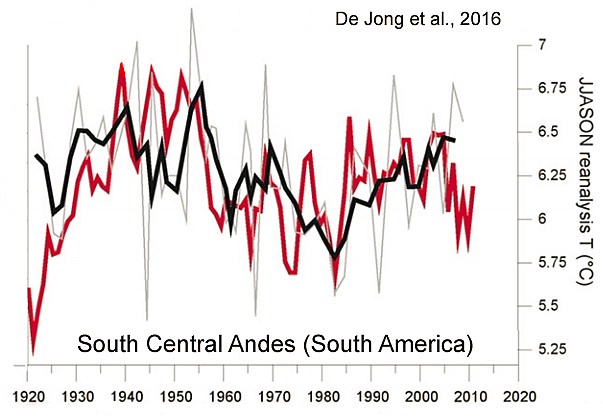
” the period just before AD 1950 was substantially warmer than more recent decades”
http://www.sciencedirect.com/science/article/pii/S0921818115301478
TIBET
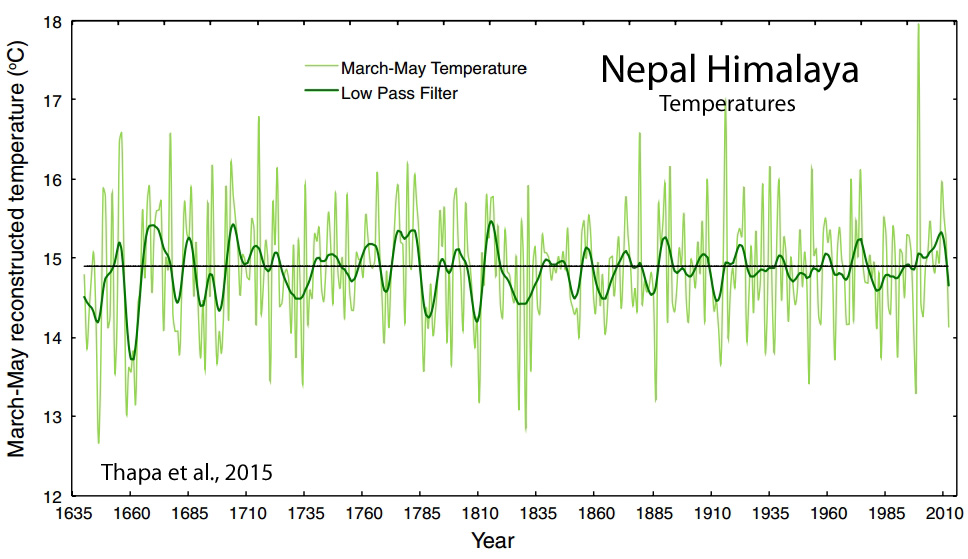
“Temperature in Central Asia and northern Hemisphere revert back towards cooling trends in the late twentieth century.”
https://www.researchgate.net/profile/Santosh_Shah/publication/269986332_Spring_temperatures_in_the_far-western_Nepal_Himalaya_since_AD_1640_reconstructed_from_Picea_smithiana_tree-ring_widths/links/549c27f10cf2d6581ab48166.pdf
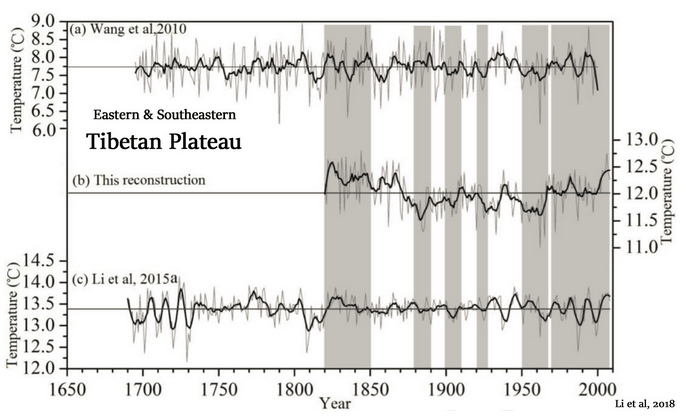
https://www.sciencedirect.com/science/article/pii/S0921818117303235
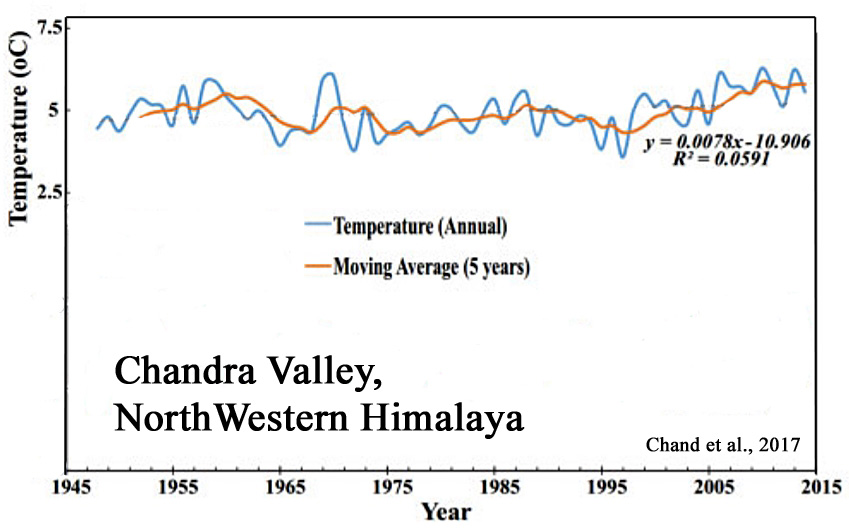
https://journals.sagepub.com/doi/abs/10.1177/0309133317728017
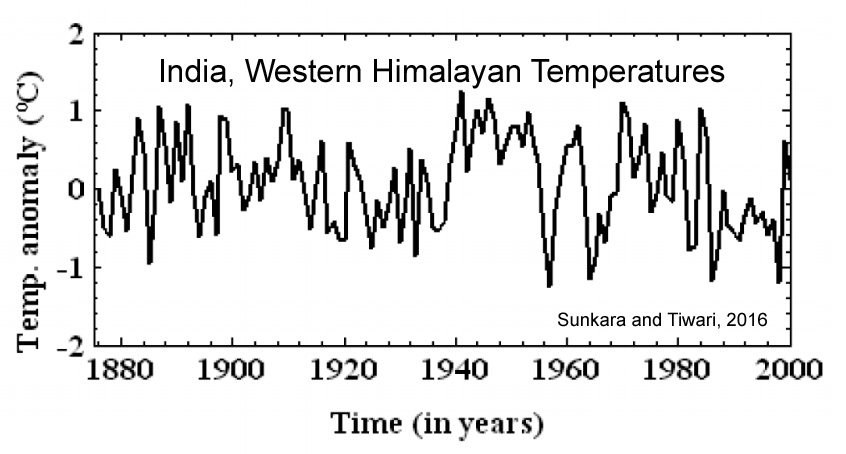
http://www.nonlin-processes-geophys.net/23/361/2016/
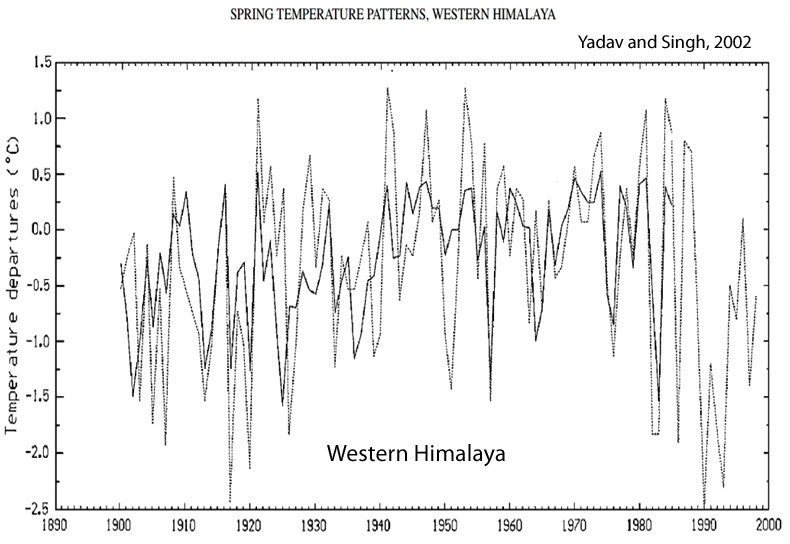
https://www.cambridge.org/core/journals/quaternary-research/article/div-classtitletree-ring-based-spring-temperature-patterns-over-the-past-four-centuries-in-western-himalayadiv/3E8195CDCB9D88E1F919EA816C9A4A13
USA

“we conclude that twentieth century land use changes contributed more to forcing observed regional climate change during the summer in the central United States than increasing GHG emissions.
https://agupubs.onlinelibrary.wiley.com/doi/full/10.1002/2017GL075604

http://warnercnr.colostate.edu/~hooten/papers/pdf/Tipton_etal_Environ_2016.pdf
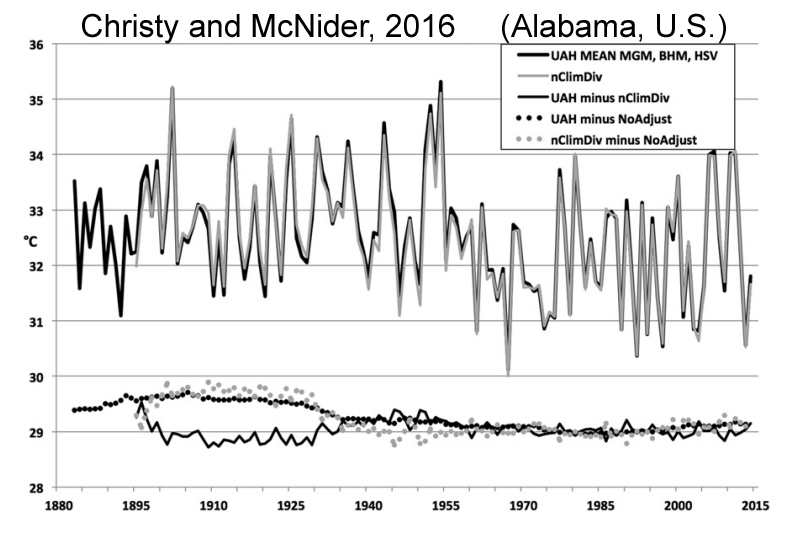
http://journals.ametsoc.org/doi/abs/10.1175/JAMC-D-15-0287.1


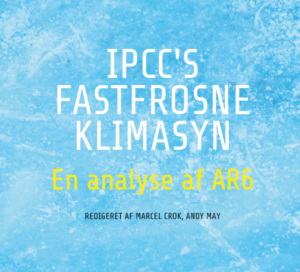
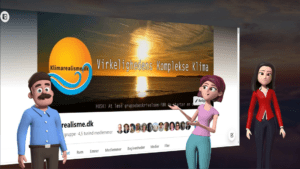
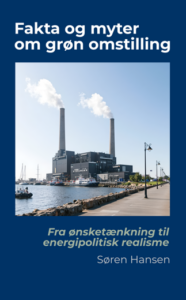

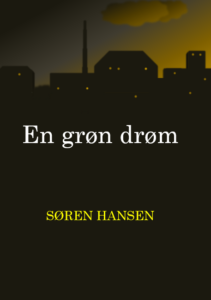

Peter, den fact at nogle synes de er 99,99% sikre på et eller andet er ikke helt den slags facts vi værdsætter her i forum.
https://videnskab.dk/naturvidenskab/9999-procent-sikkert-at-global-opvarmning-er-menneskeskabt
De fleste forskere mener, at temperaturstigningerne vi ser nu er menneskeskabte.
Det er desværre også tilfældet.
Hej Peter, du får nu officielt det gule kort. Du kommer aldrig med nogen selvstændige facts eller argumentation. Men henviser blot blindt og godttroende til “autoriteter”. Samtidig med at du har bestemt dig for at lige meget hvad vi siger her på klimarealisme, så er det bare forkert.
Du spilder derfor vores tid. Så med mindre du begynder “at lytte med et åbent sind” og hvis du er uenig, argumenterer selvstændigt på basis af reelle facts og simpel logik, så bliver du udelukket fra siden.
Tak, jeg har kommet med masser af facts, men andre mener, at hvis forskningen forudser negative konsekvenser, så er det forskningen, der er forkert.
Det er sådan set dig, Karl Iver, jeg henviser til fra tidligere diskussion med dig.
Du behøver ikke true med gule kort som den ansvarshavende i dette forum.
Jeg er smuttet 🙂